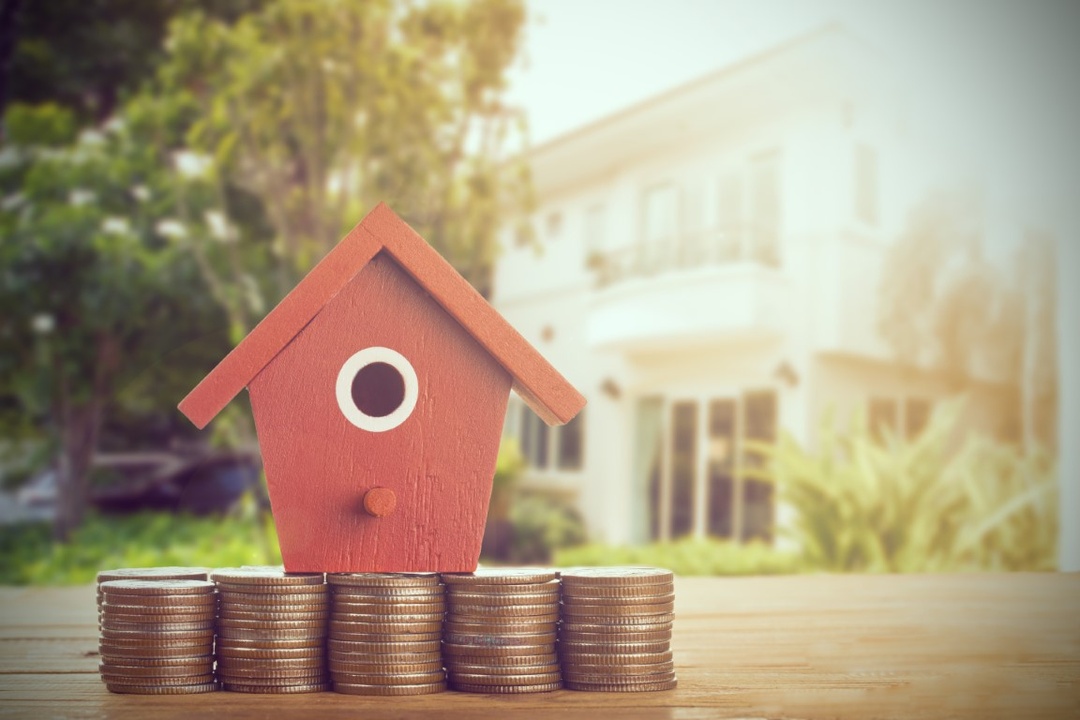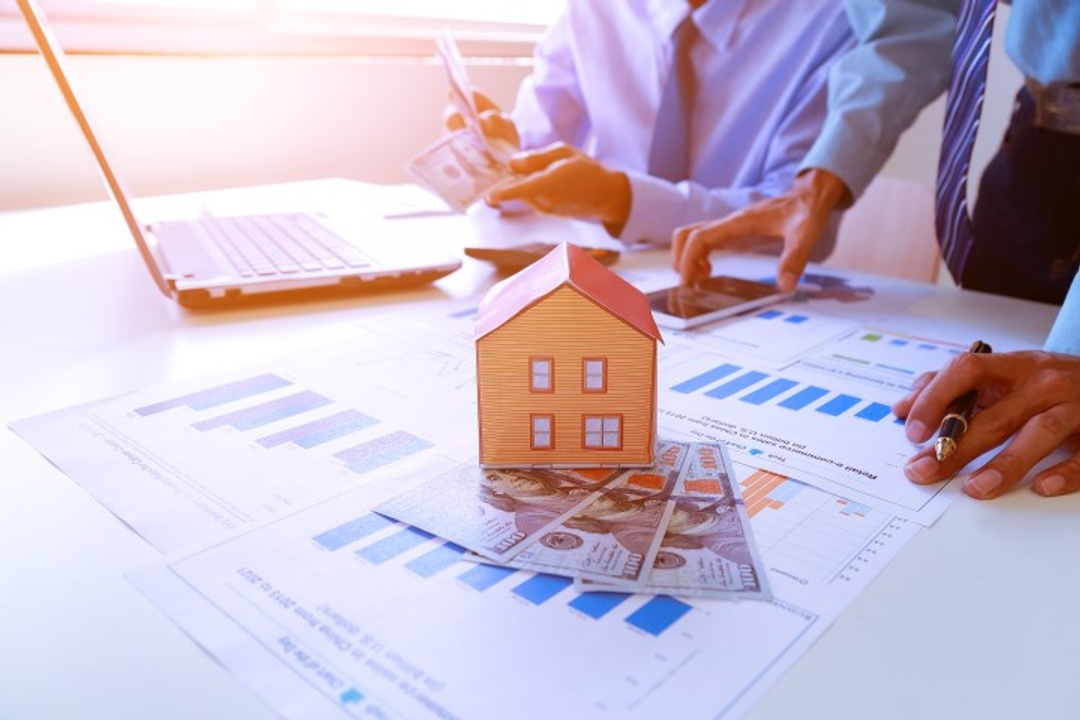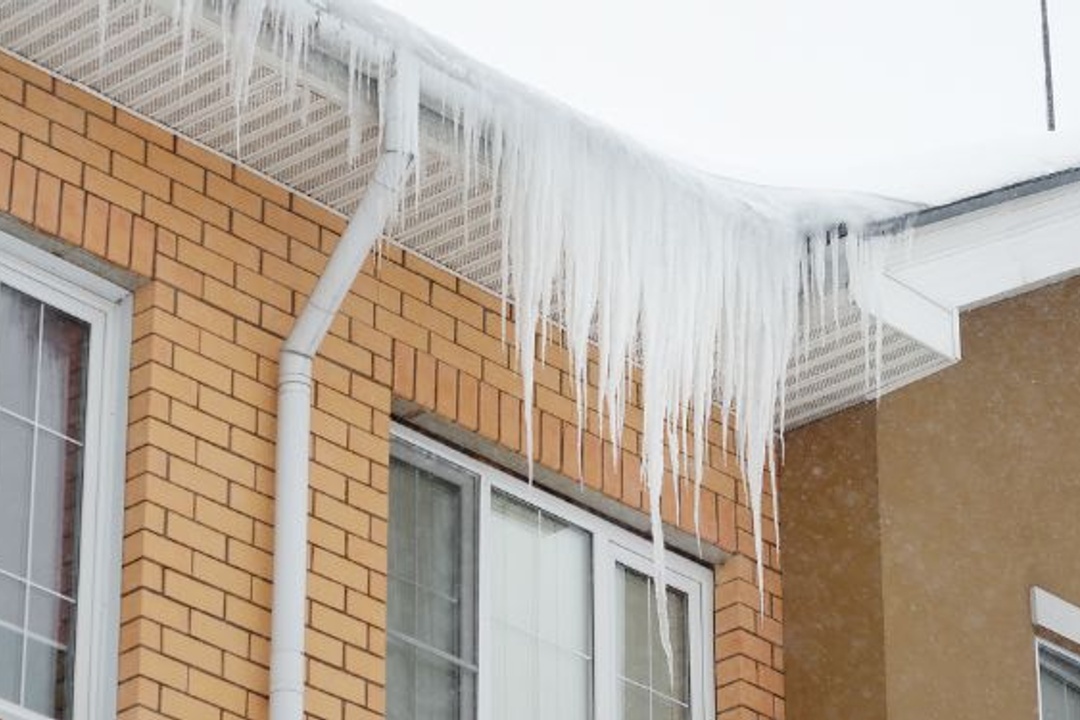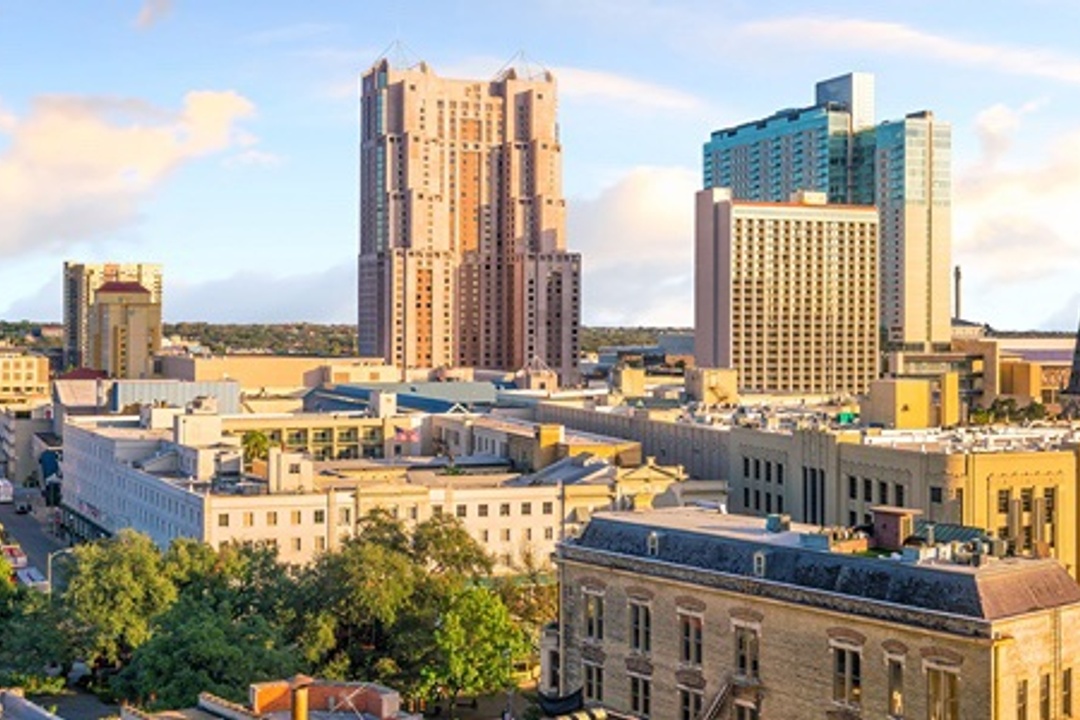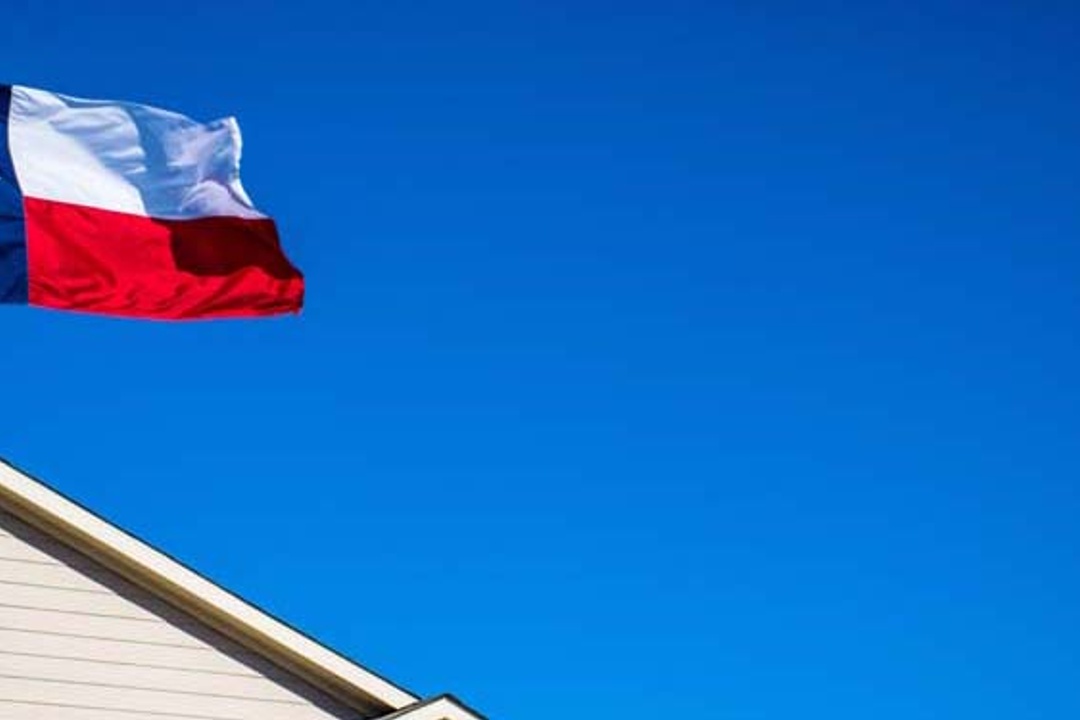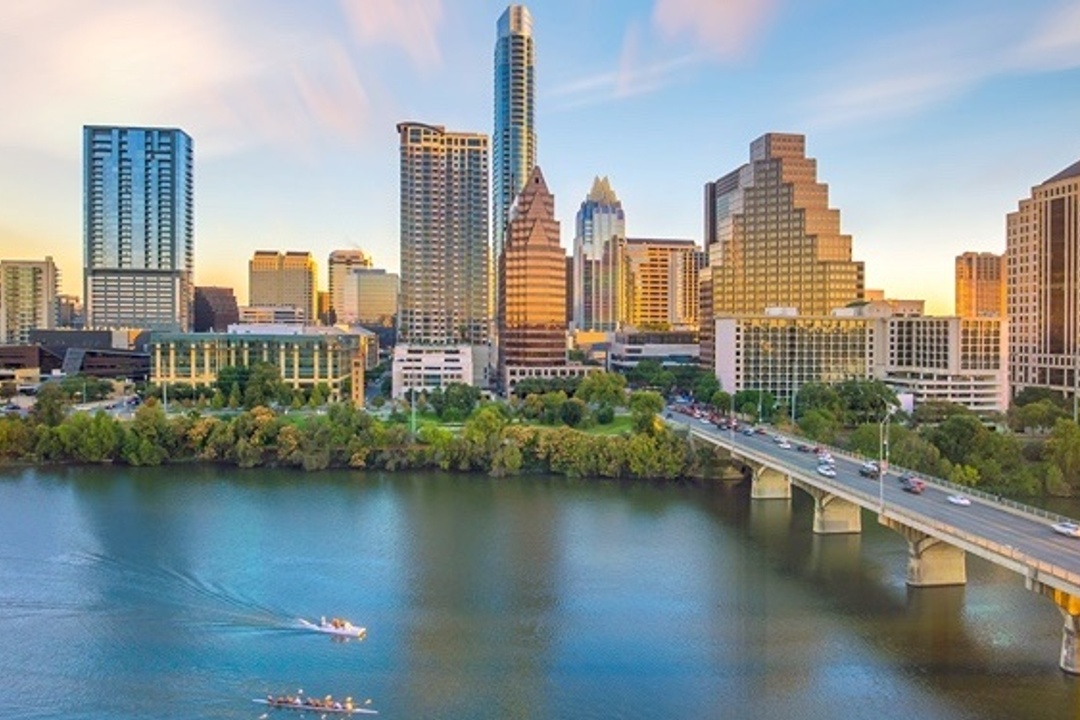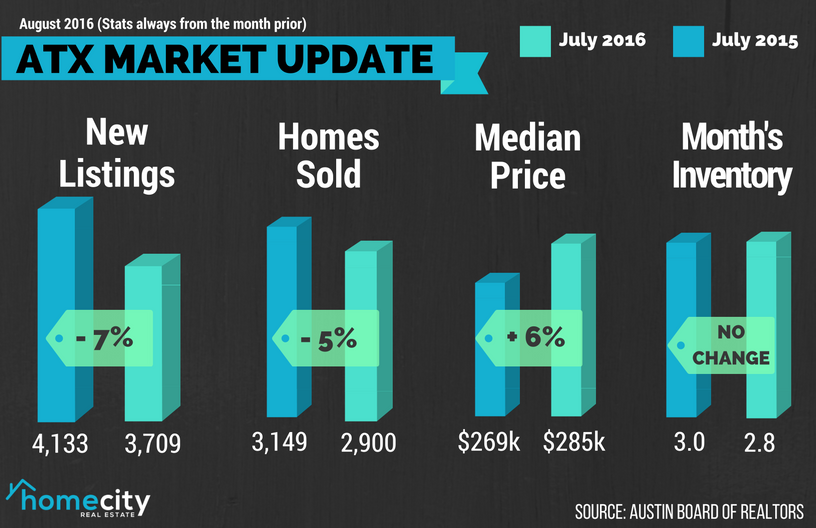
Despite having the strongest summer selling season in our region's history, home sales are starting to slow down. The culprit is likely the rapidly rising home prices in the area. While this is great news for homeowners, higher home prices can also lead to affordability issues, and also a cooling of the market. The Austin Board of Realtors cites in their monthly market statistics a 5 percent decrease in single-family homes sold in July 2016 at 2,900 homes.
“I think some of the reason why home sales are declining is rising pricing and affordability,” said Jason Lewis, Senior Loan Officer at Supreme Lending. “I think some is the time of year we’re in. With kids going back to school we always see a slow down this time of year.”
Some say that oil prices are affecting the housing market, but he thinks Austin is influenced less than other Texas cities. “I, for one, don’t think oil price drops have had a huge effect on Austin, all though some disagree with me,” continued Lewis. “Low oil prices affect those that make their living in the oil business and while there are quite a few business and individuals connected with the oil industry, I think the affordability that it allows (having low gas prices) offsets the people not buying because gas is low.”
The median price of homes in the Austin area was $285,000 in July (when the latest stats came in), which is a 6 percent increase from the same time the year prior. At the same time, inventory levels remained unchanged at 2.8 months and homes spent 40 days on the market on average. ABOR reports that homes between $100,000 and $200,000 were selling very quickly, with less than one month of inventory available at most times. However, homes above $400,000 had more than four months of inventory available.
“People buying $200,000 and less have the incentive to buy ASAP as this is the price point that is surely going away in Austin,” said Jason Lewis. “Homebuyers realize that time is of the essence when purchasing at this price, while more expensive buyers are typically ‘move-up’ buyers that have more time and probably own a home currently.”
In Austin proper, the median price for a single-family home hit $354,000, a 4.6 increase from July 2015. However, sales volume declined 7.3 percent to 870 homes sold. Inventory rose from 2.1 months a year ago to 2.4 months, which is a slight increase yet still well below what is considered a balanced market.
Depending on supply and demand, home sales may or may not continue to drop as time passes. “I think that the next year will help determine a lot,” Lewis concluded. “The election and interest rates are a major contributor to the housing market. Austin is different than the rest of the country, though; and as long as more jobs keep being created here, more people are going to continue buying homes as more people will continue here. Jobs create demand for housing. I do, however, think the Austin market has been moving at an unsustainable pace. I believe it’s in the best interest of everyone involved (even those of us that make our money off of real estate) that it slows to a more sustainable pace.”


